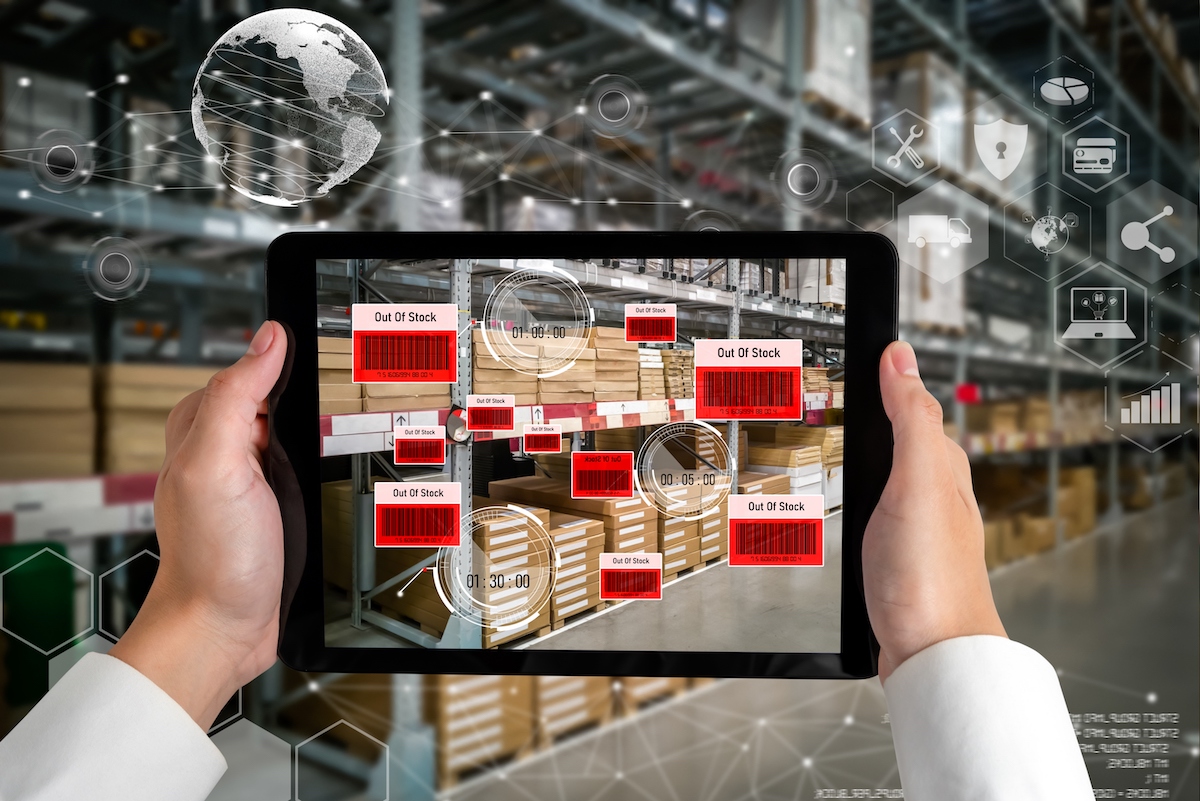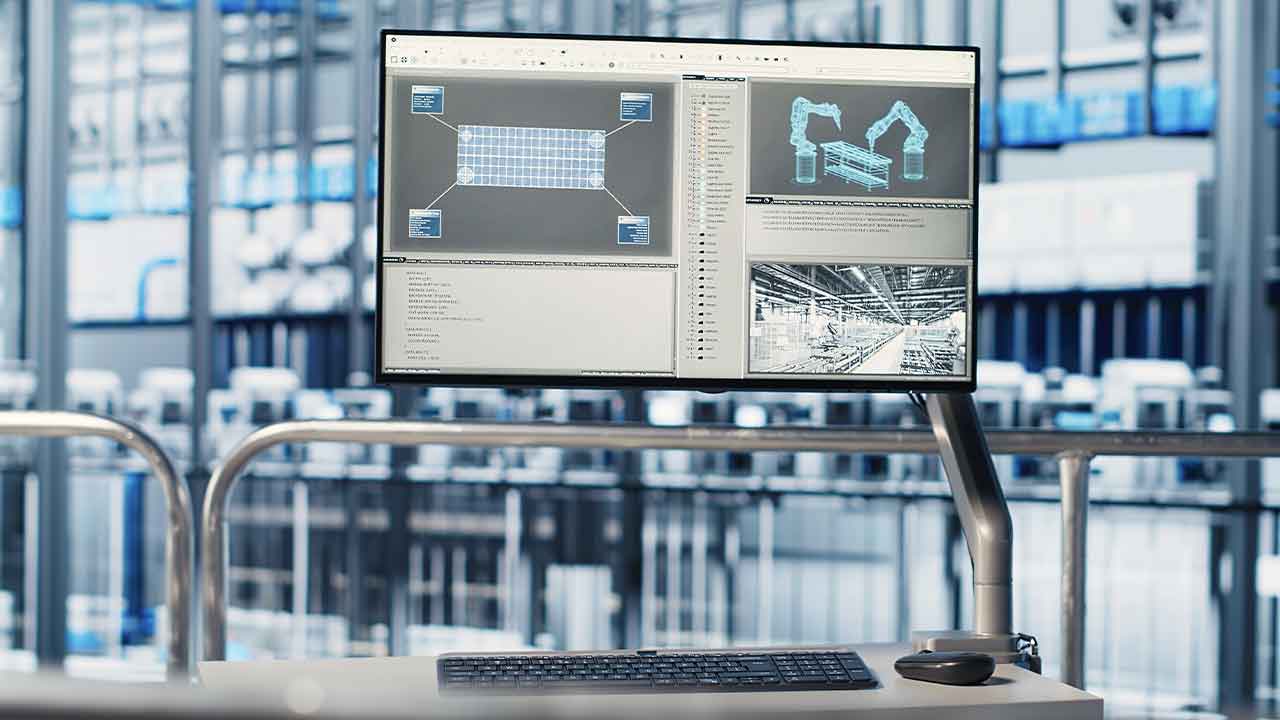IIoT Wearables Are Adding Stability Back to the Warehouse
Most warehouses today are simultaneously facing supply chain issues, staffing shortages and critical safety concerns, with each problem linked inextricably to the next. As supply chain chaos has created order backlogs and demand surges, workers have been pushed beyond their limits to meet these output peaks and in doing so often become injured or leave the job. Fewer workers are then left to meet the still-high demand, and the vicious cycle continues.
Safety has never garnered the priority it deserves in industrial roles; however, it’s taken a noticeable backseat in the past few years despite safety technology becoming more advanced and readily available than ever before – IIoT wearables being a prime example.
Wearables worn by workers provide detailed insights to managers, informing them on safety risks, reducing worker injury costs, and even providing daily data to enhance productivity and make efficiency improvements within the facility.
Confidence in wearables has been so high in fact that the market is estimated to grow to a $96 billion industry with a 28% increase in CAGR by 2029 according to recent market research. Yet, A 2018 study predicted that 70% of all warehousing and distribution facilities would have adopted wearables by 2023 and to date, only 18% use wearable technology.
During the supply chain turbulence of the past two years, warehouses have turned their attention and investments to technologies that stabilize the product supply chain and provide more accurate information about inventory coming in and demand expectations going out. However, the warehouse itself and its workforce has been largely overlooked, with expected consequences. By gathering deeper insights into the people behind the numbers, management can reduce both injuries and turnover and add stability back into the warehouse.
How IoT Empowers Industrial Wearables
Wearables are impactful for workers in that they can prevent a potentially life-changing injury in real-time but they’re even more powerful for managers in their connected capabilities. Here’s how they work:
In an industrial facility, wearables worn by workers monitor their movements and environments and provide real-time alerts to workers when they are at risk. For example, if a worker bends down in a position dangerous for their spine or enters an overly-hot room – the wearable will buzz and alert them to correct their position or move to a safer environment. Workers then gain access to this data which accumulates over time to provide them daily recommendations to work on certain lifting forms or watch for other dangerous situations.
When all the worker data is uploaded and flows into smart, cloud-based software, leaders have the ability to leverage these insights into even larger solutions.
Patterns of safety data can inform the most useful trainings to implement, areas of the warehouse to redesign, or even jobs that one worker may be more efficient at than another. The interconnectedness of IoT wearables allows managers to take individualized safety metrics and come out with proactive intervention data and facility-wide risk engineering capabilities. Further by closely integrating safety data with other warehouse management systems, monitoring services and enterprise resource systems organizations can paint a more complete picture for optimum productivity and facility engineering.
What’s next
The industrial sector can be slow to adopt new technologies, and many current processes, especially surrounding warehouse safety, rely on outdated and subjective methods. Injury reporting is often based on someone walking the floor and trying to spot injuries, while warehouse facilities, especially those that use 3PLs, are often very siloed from each other. The more data and better-connected warehouses are, the safer and more productive they can be.
When it comes to better protecting our employees investing in proven IIoT tech should be a no-brainer. Let’s hope in the next five years we do see that 70% of facilities (and beyond) use IoT-connected wearables to add stability and safety back into the warehouse.



